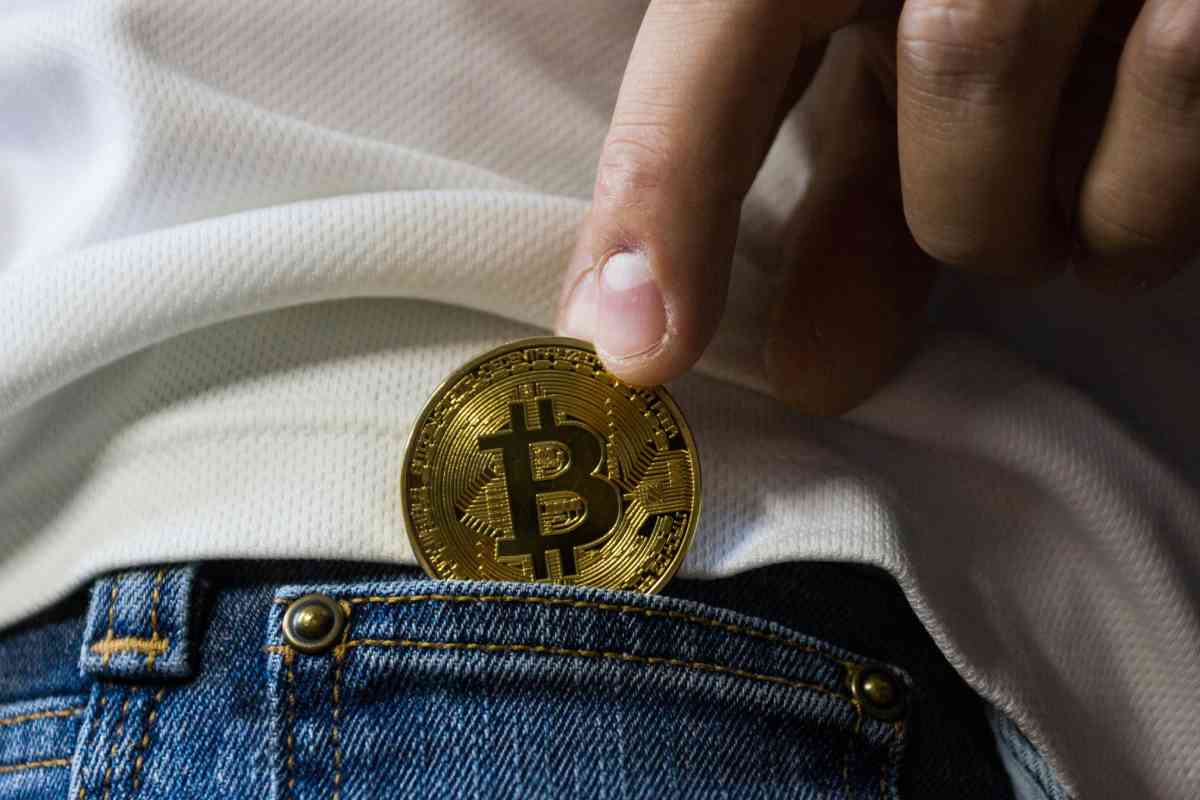
Investors always believe they’ll be the ones who get out before it all collapses. They picture themselves quietly exiting the market as everyone else panics, sipping coffee while the charts bleed red. But markets don’t play by those rules. Bitcoin, especially, loves to test how much self-control people really have. The warning signs never hide; they just get drowned out by noise, greed, and the belief that this time will somehow be different.
What starts as curiosity turns into obsession. People start checking the price every hour, glued to their screens like it’s the season finale of a thriller. Rational thinking fades fast when your portfolio is suddenly worth more in a week than it was in the past six months. That’s the first clue you might be staring at a bubble forming in real time.
Watching the Rise
Over the past 12 months, the Bitcoin price live has climbed by around 67.5 percent. That kind of surge gets everyone talking. It fills group chats, dominates headlines, and convinces newcomers that they’ve missed out. The hype feels electric but slightly unstable, like a crowd chanting for an encore long after the band has left the stage. You know it can’t last forever, but no one wants to be the first to leave.
In financial history, the story repeats itself almost word for word. From tulips to tech stocks, bubbles always start the same way. The pattern isn’t in the charts; it’s in the conversations. When people stop discussing what Bitcoin does and start focusing only on how much it’s worth, the shift is complete. The asset becomes mythology.
When Optimism Becomes a Warning
A bubble forms when confidence turns into blind faith. That’s when you hear lines like “the rules have changed” or “this time is different.” It’s the same script every market mania uses. The dot-com boom in the late 1990s, the housing market in the mid-2000s, the sudden boom of altcoins that promised to “outperform Bitcoin”—they all followed the same emotional rhythm.
The clue isn’t in one big moment; it’s in the language. When people start buying because they’re afraid of missing out rather than because they understand what they’re investing in, the emotional temperature spikes. Bitcoin has seen this before and it will see it again.
Spotting the Cracks
One of the easiest ways to read a bubble is by listening to how people talk about it. If every conversation revolves around overnight profits, run. When even your least financially literate friend starts giving crypto advice, that’s the moment to pay attention. The same goes for memes about “getting rich by Friday.” Bubbles thrive on collective excitement, and once that energy peaks, it doesn’t take much to deflate it.
The data tells a similar story. Spikes in search volume for “how to buy Bitcoin,” a sudden rise in new wallets, and higher leveraged trading are all clues that speculation has overtaken reason. It’s not about predicting the exact top; it’s about noticing that everyone around you has stopped asking questions and started celebrating answers that don’t make sense.
A Lesson From the Screen
Remember the final act of The Wolf of Wall Street? The party’s still going, the champagne’s still pouring, and everyone thinks the good times will never end. But underneath the noise, everything’s cracking. That’s the psychology of a bubble. Investors keep pretending that tomorrow will look just like today, right up until it doesn’t.
Bitcoin has its own version of that moment every few years. The cheers get louder, the confidence stronger, and the risks easier to ignore. When the tone of the conversation feels a little too euphoric, it’s usually a sign the market’s high on its own supply.
Listening to the Dominoes
Richard Teng, CEO of Binance, said it best: “Global adoption often starts with a single domino. Now that crypto is being recognized as a legitimate financial instrument within one of the world’s largest retirement systems, the question is no longer what – but when.” He’s right about adoption, but the same domino effect applies to panic. When confidence wobbles, fear spreads just as fast.
That’s why staying calm matters. Watching price charts is easy; reading sentiment is harder. Every market cycle comes down to timing, emotion, and discipline. The investors who survive are the ones who understand that momentum can flip direction overnight.
Beyond the Hype
Bitcoin itself isn’t the enemy. The network, the philosophy, the drive for financial independence—all of that still matters. But hype doesn’t pay bills. When people start confusing the idea of progress with guaranteed profit, they end up mistaking innovation for immunity. Bitcoin moves in cycles. It always has. The smart ones treat the rises with skepticism, not celebration.
Yi He, Binance’s Co-Founder, summed it up clearly: “Crypto isn’t just the future of finance – it’s already reshaping the system, one day at a time.” That evolution is what gives Bitcoin long-term value. But even the future can get ahead of itself. Understanding that distinction—between innovation and inflation—is what separates investors from speculators.
Staying Grounded
So how do you protect yourself? Start by ignoring the noise. Avoid decisions based on headlines or trends. Stick to fundamentals like network adoption, transaction volume, and how Bitcoin reacts to global economic changes. If the conversation feels like a gold rush, slow down. You don’t have to beat the market; you just have to survive it.
A Bitcoin bubble doesn’t crash without warning. It leaves breadcrumbs—overconfidence, hype, and the feeling that prices can’t fall. When you start recognizing those patterns, you realize the cycle is as much about human behavior as technology. The lesson is simple: keep your feet on the ground, even when everyone else is floating away.